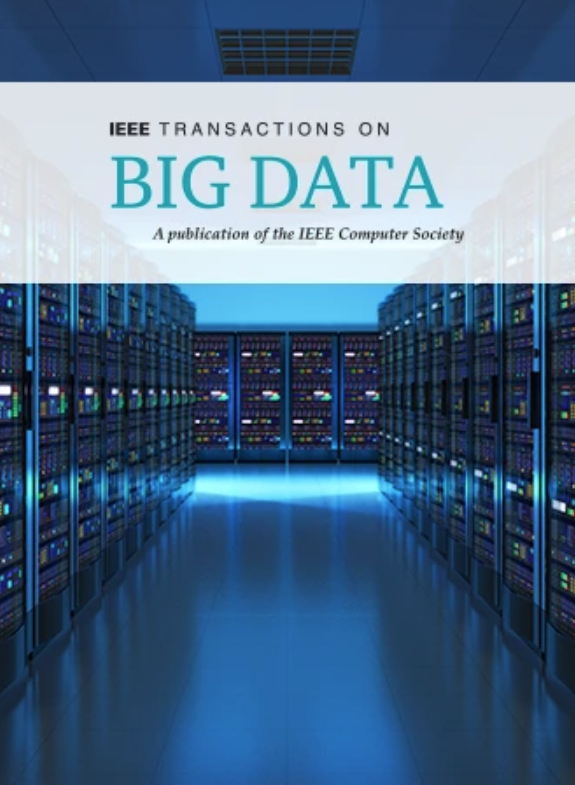PViTGAtt-IP: Severity Quantification of Lung Infections in Chest X-Rays and CT Scans via Parallel and Cross-Attended Encoders
IF 5.7
3区 计算机科学
Q1 COMPUTER SCIENCE, INFORMATION SYSTEMS
引用次数: 0
Abstract
The development of a robust and adaptive deep learning technique for the diagnosis of pneumonia and the assessment of its severity was a major challenge. Indeed, both chest X-rays (CXR) and CT scans have been widely studied for the diagnosis, detection and quantification of pneumonia. In this paper, a novel approach (PViTGAtt-IP) based on a parallel array of vision transformers is presented, in which the input image is divided into regions of interest. Each region is fed into an individual model and the collective output gives the severity score. Three parallel architectures were also derived and tested. The proposed models were subjected to rigorous tests on two different datasets: RALO CXRs and Per COVID-19 CT scans. The experimental results showed that the proposed models exhibited high performance in accurately predicting scores for both datasets. In particular, the parallel transformers with multi-gate attention proved to be the best performing model. Furthermore, a comparative analysis using state-of-the-art methods showed that our proposed approach consistently achieved competitive or even better performance in terms of the Mean Absolute Error (MAE) and the Pearson Correlation Coefficient (PC). This emphasizes the effectiveness and superiority of our models in the context of diagnosing and assessing the severity of pneumonia.PViTGAtt-IP:通过平行和交叉编码器对胸部x线和CT扫描中肺部感染的严重程度进行量化
开发一种用于肺炎诊断和严重程度评估的强大且自适应的深度学习技术是一项重大挑战。事实上,胸部x光片(CXR)和CT扫描已被广泛研究用于肺炎的诊断、检测和量化。本文提出了一种基于视觉变压器并行阵列的PViTGAtt-IP方法,该方法将输入图像划分为感兴趣的区域。每个地区都被输入到一个单独的模型中,集体输出给出了严重程度评分。还推导并测试了三种并行架构。提出的模型在两个不同的数据集上进行了严格的测试:RALO cxr和Per COVID-19 CT扫描。实验结果表明,所提出的模型在准确预测两个数据集的分数方面表现出很高的性能。其中,具有多栅极关注的并联变压器是性能最好的模型。此外,使用最先进的方法进行的比较分析表明,我们提出的方法在平均绝对误差(MAE)和皮尔逊相关系数(PC)方面始终具有竞争力甚至更好的性能。这强调了我们的模型在诊断和评估肺炎严重程度方面的有效性和优越性。
本文章由计算机程序翻译,如有差异,请以英文原文为准。
求助全文
约1分钟内获得全文
求助全文
来源期刊

IEEE Transactions on Big Data
Multiple-
CiteScore
11.80
自引率
2.80%
发文量
114
期刊介绍:
The IEEE Transactions on Big Data publishes peer-reviewed articles focusing on big data. These articles present innovative research ideas and application results across disciplines, including novel theories, algorithms, and applications. Research areas cover a wide range, such as big data analytics, visualization, curation, management, semantics, infrastructure, standards, performance analysis, intelligence extraction, scientific discovery, security, privacy, and legal issues specific to big data. The journal also prioritizes applications of big data in fields generating massive datasets.
 求助内容:
求助内容: 应助结果提醒方式:
应助结果提醒方式:


